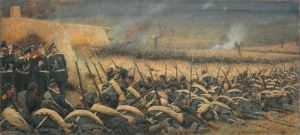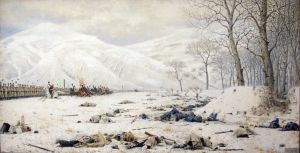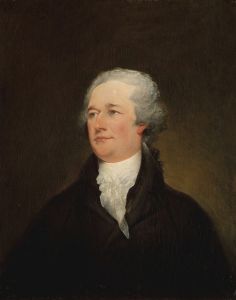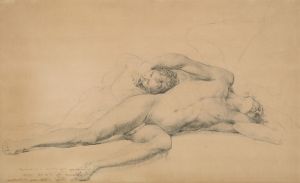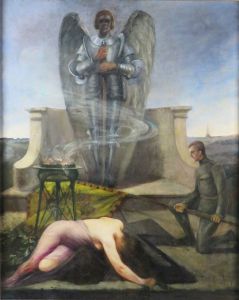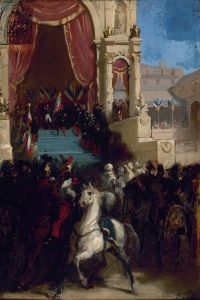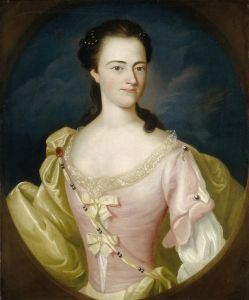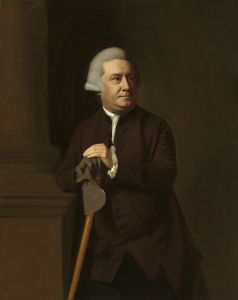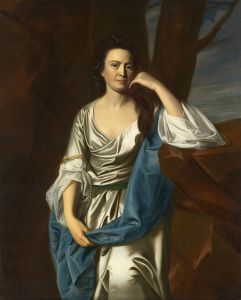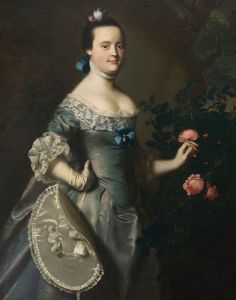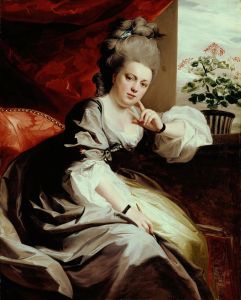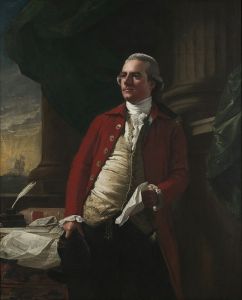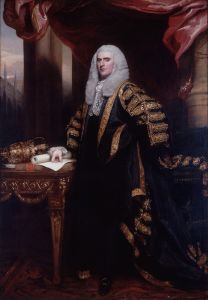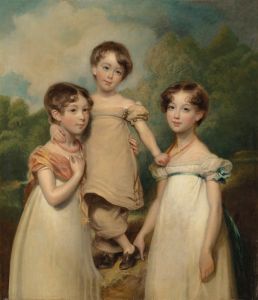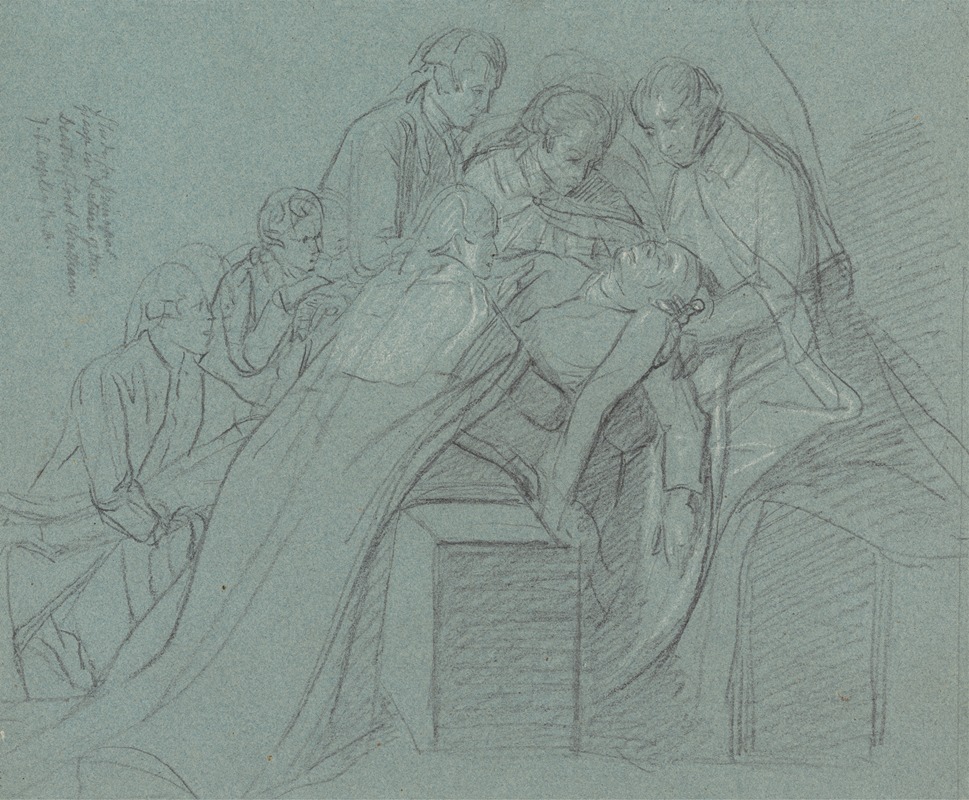
Study for the Central Group in the ‘Death of Earl of Chatham’
A hand-painted replica of John Singleton Copley’s masterpiece Study for the Central Group in the ‘Death of Earl of Chatham’, meticulously crafted by professional artists to capture the true essence of the original. Each piece is created with museum-quality canvas and rare mineral pigments, carefully painted by experienced artists with delicate brushstrokes and rich, layered colors to perfectly recreate the texture of the original artwork. Unlike machine-printed reproductions, this hand-painted version brings the painting to life, infused with the artist’s emotions and skill in every stroke. Whether for personal collection or home decoration, it instantly elevates the artistic atmosphere of any space.
John Singleton Copley, an American-born artist known for his historical and portrait paintings, created "Study for the Central Group in the ‘Death of Earl of Chatham’" as a preparatory work for his larger painting, "The Death of the Earl of Chatham." This study is an important piece that showcases Copley's meticulous approach to composition and his dedication to capturing historical events with accuracy and emotional depth.
The larger painting, "The Death of the Earl of Chatham," completed in 1781, depicts a significant moment in British history: the collapse of William Pitt, the 1st Earl of Chatham, during a speech in the House of Lords on April 7, 1778. Pitt, a prominent statesman, was speaking against the government's policy towards the American colonies when he suffered a stroke, leading to his death a few weeks later. This event was a poignant moment in British politics, symbolizing the end of an era and the loss of a powerful advocate for the American cause.
Copley's study focuses on the central group of figures surrounding the Earl at the moment of his collapse. The study likely served as a way for Copley to experiment with the arrangement of figures, the interplay of light and shadow, and the emotional expressions of the individuals present. Through this preparatory work, Copley aimed to convey the drama and gravity of the scene, capturing the reactions of the onlookers and the solemnity of the occasion.
The study itself is characterized by Copley's attention to detail and his ability to render the human form with precision. The figures are depicted with a sense of realism and individuality, reflecting Copley's skill as a portraitist. The composition is carefully arranged to draw the viewer's eye towards the central figure of the Earl, emphasizing his importance and the impact of his sudden collapse.
Copley's work on this study and the final painting reflects his interest in historical subjects and his ability to translate complex events into compelling visual narratives. His choice to depict the death of the Earl of Chatham highlights his engagement with contemporary political issues and his desire to capture moments of historical significance.
The study is an example of Copley's broader artistic practice, which often involved extensive research and preparation. By creating studies such as this one, Copley was able to refine his ideas and ensure that the final composition effectively communicated the intended message. This approach was typical of Copley's methodical working style and contributed to his reputation as one of the leading artists of his time.
Overall, "Study for the Central Group in the ‘Death of Earl of Chatham’" is a testament to Copley's skill as an artist and his commitment to historical accuracy. It provides insight into his creative process and his ability to capture the essence of a moment through careful composition and attention to detail.





